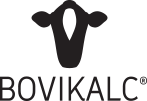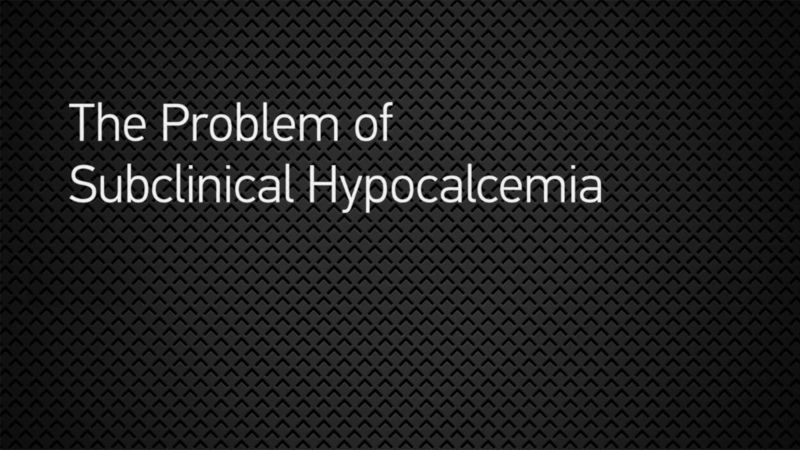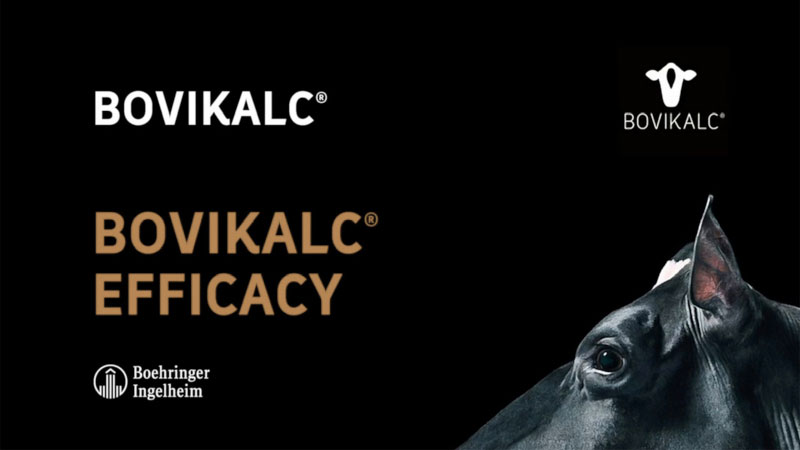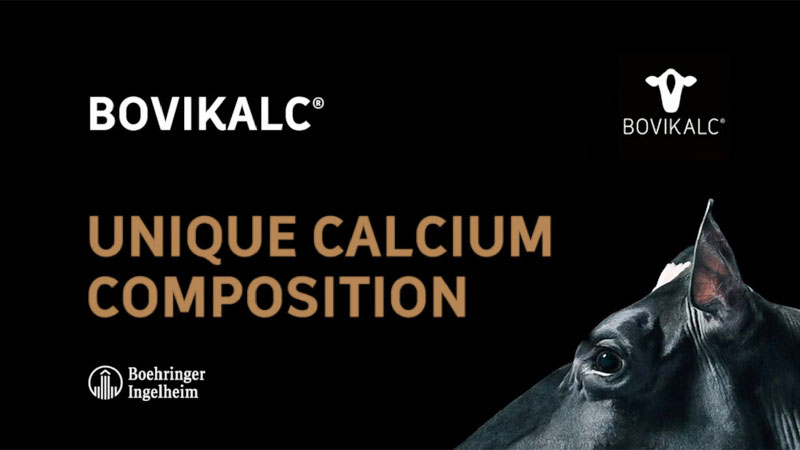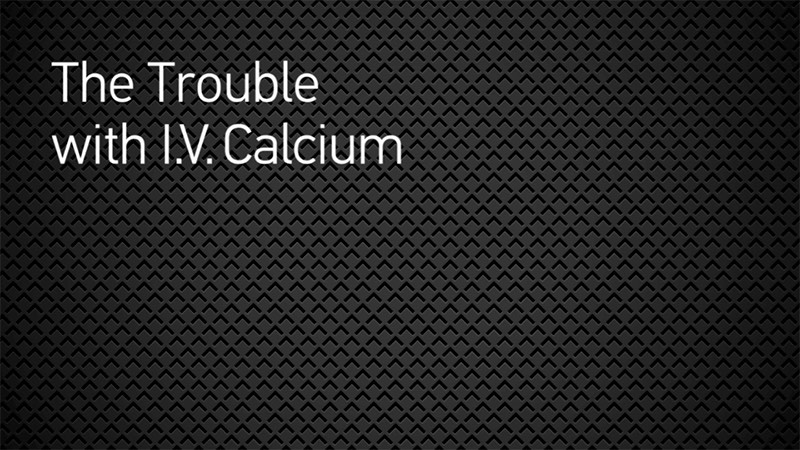SH, TODAY’S CALCIUM CHALLENGE
At freshening, cows face an important challenge: maintaining their calcium balance. At that time, a cow’s calcium demand exceeds the calcium they can get from their feed, so they must mobilize calcium from their bones. Mobilizing calcium from their bones takes time so, as a result, a cow’s calcium blood level can drop. This is hypocalcemia.
At freshening, cows face an important challenge: maintaining their calcium balance. At that time, a cow’s calcium demand exceeds the calcium they can get from their feed, so they must mobilize calcium from their bones. Mobilizing calcium from their bones takes time so, as a result, a cow’s calcium blood level can drop. This is hypocalcemia.
Clinical hypocalcemia is “milk fever”. Farmers are familiar with this condition and know that IV calcium is an important part of the treatment. What is less known is that a larger number of cows do not show any signs despite their blood calcium being low. Those cows suffer from Subclinical Hypocalcemia or SH. Cows with SH will remain silent and may go undetected if their blood calcium is not measured.
Within the last few years, SH has become the principal focus when we speak of hypocalcemia. The first reason is because different studies have reported that cows with SH are more at risk of health issues and impaired productivity. The second reason is because it is common.
Cows with SH are more likely to have fresh cow diseases such as ketosis, displaced abomasum (DAs), retained placenta or metritis. Cows with SH are also more likely to be difficult to breed back by being slower to come back in heat after calving or needing more services to get pregnant. It might even affect their longevity in the herd.
Typically, every dairy herd will have fresh cows dealing with SH. Depending on geography, age and close-up management, SH affects from 30% up to 78% of the cows in a herd. In North America, it is considered that more than 50% of cows in 2nd lactation or older can suffer from SH at least for one day during the fresh period.

